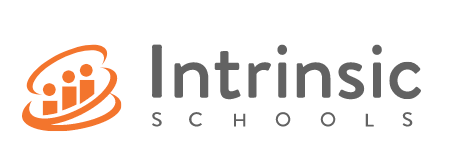Overview
In order to help students bridge the divides and shifts between in-person, remote, asynchronous, and synchronous time, educators are building various versions of a “virtual notebook.” Virtual notebooks offer students a way to engage with the content and learning tasks consistently, in a manner that is mapped out and organized. Acting as a type of interactive handout, virtual notebooks ensure all students have access to the content whenever and wherever they are learning. This strategy also helps to support students who miss instructional days, are out for an extended time, or have other challenges keeping them away from their in-person or virtual classroom. Even without joining, they are able to easily find and access content, engage with materials, check their understanding, and apply ideas in meaningful ways.
Virtual Notebooks can take on multiple roles, helping students:
- Organize notes
- View key dates, tasks, and checkpoints
- Answer open-ended questions
- Collaborate with peers through commenting and co-editing
- Interact with content
- Review additional material
Check out the two examples of virtual notebooks below. Educators should ensure that all students have access; know how to use the resource and use a consistent structure so that students' cognitive loads are focused on the content – rather than navigating the resource.
Strategy Resources
Digital Notebook
This is an example of a digital notebook that a high school science teacher builds... Learn More

Equity Focus
Digital equity means that students can access content using multiple modalities and take advantage of digital tools like speech-to-text, translation, or text-to-speech. With virtual notebooks, all of this is possible.
